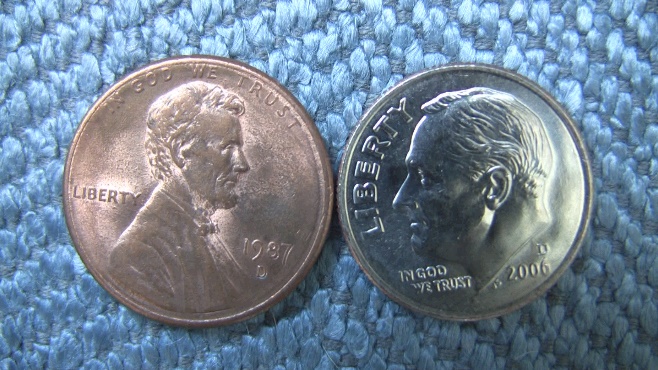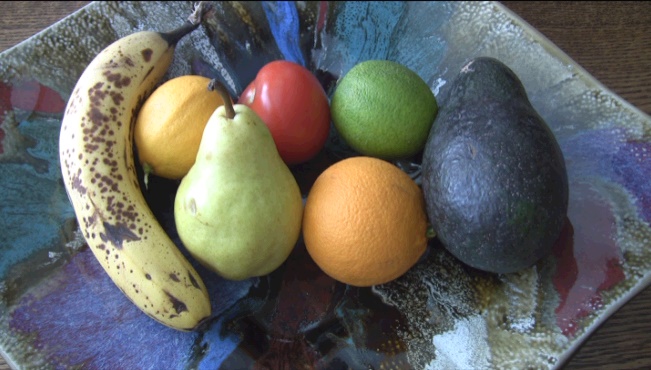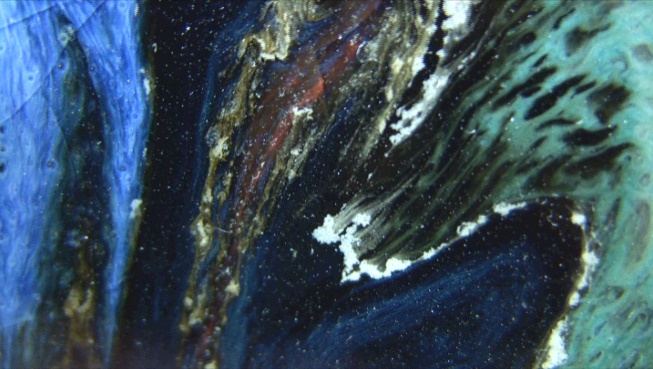|
||||||
|
In Use I have to say up front that, after having taken a lot of video with the HV10 during the review process, I am done using a conventional SD camera. Through. Finished. No more. Ever. The picture quality with this great little camera is just incredible. It represents the launch of my life as an HD video camera buff. Once you get your hands on one, it will be your launch too. Don't even think of buying an SD video camera now, especially since HD flat panel displays are so affordable at this point. You will need an NLE (Non-Linear Editor) to deal with your HD videos, and I will get to that in a moment. I was simply delighted to find that Canon has incorporated its experience in making lenses that do close-up photography here. About 20 years ago, I purchased an early Canon NTSC video camera that was completely analog, and only resolved about 230 lines. What I really loved about it was that it focused down to a half inch, so I could take pictures of macro subjects. At that time, I lived in Baltimore, Maryland, and it was the 17 year cycle of a certain insect, called a Cicada, that burrowed its way out of the soil, shed its hard skin, emerged as a flying bug whose eyes looked a little like a shrimp, mated, and died. The eggs fell into the soil and would wait another 17 years, to emerge in 2004. Anyway, I got some beautiful videos of the entire above-ground life cycle of this insect, shown below in a screen shot from the video I took back then.
Now, 20 years later, I can again get really close to my photographic subjects, but this time, in high definition. So, here are some single frame screen shots from some of the videos I took with the HV10. For example, shown below is a blue flower, from about 3" away. Keep in mind that all of the photos you will see here are single frame captures from videos, with no manipulation at all, except reduction in size so they will fit on these pages. No color correction, no sharpening, no anything. The example is pretty much like a digital snapshot. In fact, the HV10 videos are so good, I would suggest skipping the idea of using the SD card for recording still photos, and just use your video editor to select a good frame from your videos, save it, and print it out as you would your regular snapshots. Of course, we are talking about a little less than a 2 megapixel photo, so it will work only for standard sized prints, say 4x6.
Want to see something even closer? How about this penny and dime, taken from less than 1" (wide angle lens setting).
Here is my standard Safeway grocery store vegetable rack test. Again, it looks like a snapshot. Color balance is great, and you can read the $5.00 price tag on the mushroom packages. Click on the photo to see a full screen, non-reduced frame. Adios fuzzy SD videos. Hello sharp, beautiful HD videos. Anyone want my old (8 years) SD DV video camera? You pay the shipping. The fruit in this porcelain tray all look very natural.
Now a close-up of the crackling in the glaze on the tray (0.5" distance). Very good rendition of the deep blues. Think how useful this might be in on-line marketing of porcelain, scanning slowly across the product and uploading it to your website as a high def video.
The first frame below shows a vase of flowers on my coffee table, in sunlight from the window. The second photo is at night, with no room lights on, using the on-camera light.
Here is an indoor shot of my living room, with Ginger laying on the red chair (what a life!) Excellent exposure, whites look good, and plenty of detail in the shadows.
For close-ups, you don't have to switch any lens settings like you do on some cameras. So, you can start with a long shot, then walk up to your subject and get in tight, such as here, with Ginger laying on the wicker couch. (I told her to go out and get a job, but she just yawned.) Notice that the auto focus selected the object in the front (her face and eyes). That is what we like.
The stereo audio quality is about par (good) for previous video cameras with the microphones on the camera. As long as you don't make a lot of noise yourself while taking your videos, the camera will pick up sounds from several feet away (such as your family talking) just fine. Later on, we will show you how to add rear channel stereo surround sound to your videos. One note about taking videos of people. I see a lot of home movies by photographers taken with the camera held at eye level. This produces a distorted perspective of people in the frame, where their legs and feet look too small. All new video cameras have an LCD panel to view the images without looking into the optical viewfinder. So, hold the camera at about mid-chest height, and shoot straight out at your human subjects. This will produce a much better perspective. To do that, place your hand through the top of the hand strap that is attached to the camera, rather than through the bottom. Hold it with your fingers as shown below. Your thumb is used to turn the recording on or off. Actually, I use both hands to hold the camera, but I needed one hand to take this picture. Just be careful not to place any fingers over the microphone on the top of the camera.
Here is another thing I like use video for: cooking. We are putting our favorite recipes on video for my daughter. In this case, it is lemon chicken, and you can see the individual pepper grains on the food. I will relegate the SD cooking videos we already made to the storage closet, and redo them in HD. Lots and lots of fun. Plus, we get to eat the subject matter after we are done.
I did see a little interlacing jaggies now and then, but after all, 1080i is an interlaced format. However, de-interlacers in our video processors and projectors should help with that problem. I suspect that within five years, HDTV broadcasts and HD video cameras will be 1080p. OK, so what about the NLEs? I use four video editors for all video camera tests. They are (1) Pinnacle Studio 10; (2) Magix Movie Edit Pro 11; (3) Avid Liquid 7; and (4) Sony Vegas 7. The reason I use all four is that not all editors work with everything. What I found with the HV10 is that Pinnacle Studio 10 was fine, as was Avid Liquid 7 and Sony Vegas 7. However, Magix Movie Edit Pro 11 could not connect to the camera to capture the videos from the HV10's recorded tape. All the video editors provide occasional updates that can be downloaded, and I am sure these problems will be fixed, but right now, those were the results. Pinnacle Studio is a consumer NLE and is very inexpensive (about $100), while Avid Liquid and Sony Vegas are ProSumer NLEs, priced at several hundred dollars. NLEs will let you add title pages, transitions, and also will allow you to fix color balance, exposure, and contrast problems.
|
||||||















